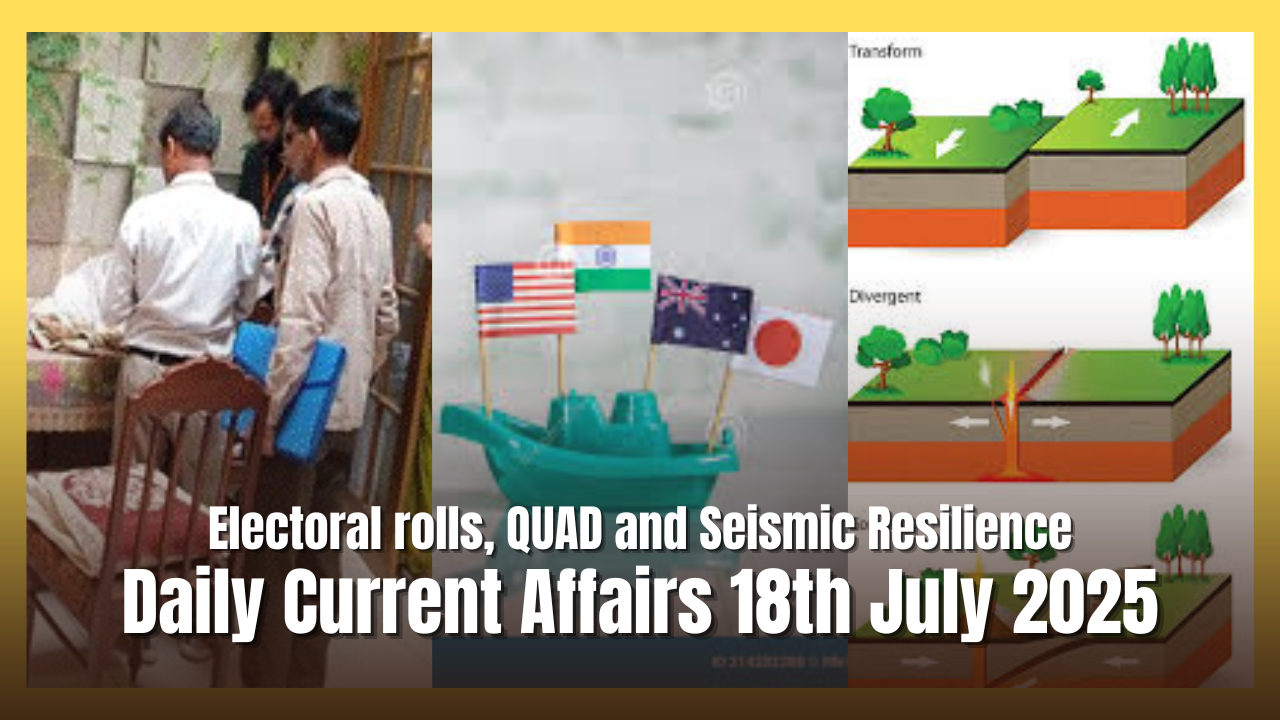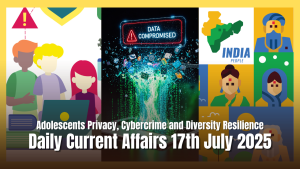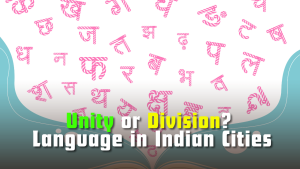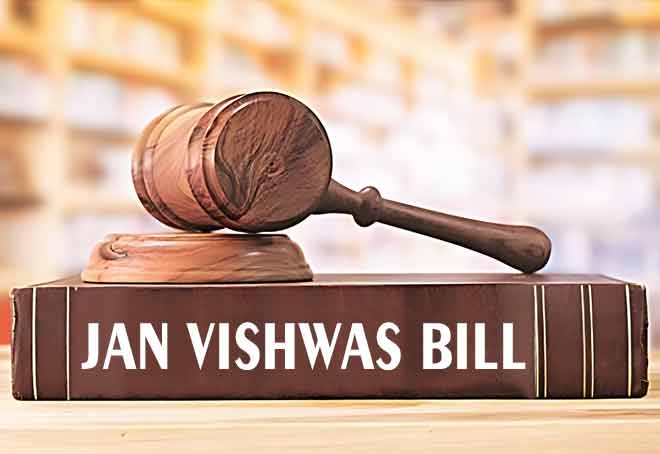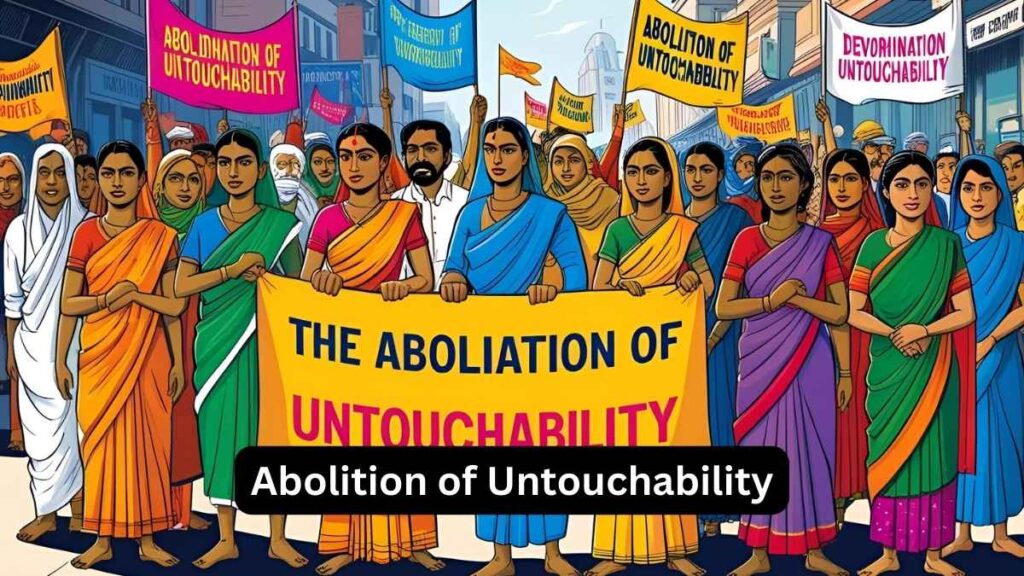Daily Current Affairs 18th July 2025
In this edition of Daily Current Affairs, we bring you concise and important updates on key national and international developments that are shaping the world today.
1) Citizens Removed from the Electoral Roll
2) A Tectonic Shift in Thinking: Building Seismic Resilience in India
3) Government merges 36 schemes to float farm programme
4) Can the Quad Counter China’s BRI?
5) UN SDG Report 2025
Citizens Removed from the Electoral Roll
Fencing out the voter in Bihar’s poll roll preparation
Context: In Bihar, the very idea of democratic participation stands at a crossroads. With the Special Intensive Revision (SIR) of electoral rolls underway ahead of the 2025 State Assembly elections, lakhs of voters face an imminent threat of disenfranchisement.
More on News
- This is not due to any legal ineligibility but because they may be unable to meet the confusing and arbitrary documentation requirements imposed by the Election Commission of India (ECI).
- While periodic revision of electoral rolls is necessary to uphold the integrity of the electoral process, the current exercise in Bihar is both opaque and rushed, with the draft roll scheduled to be released on August 1, 2025.
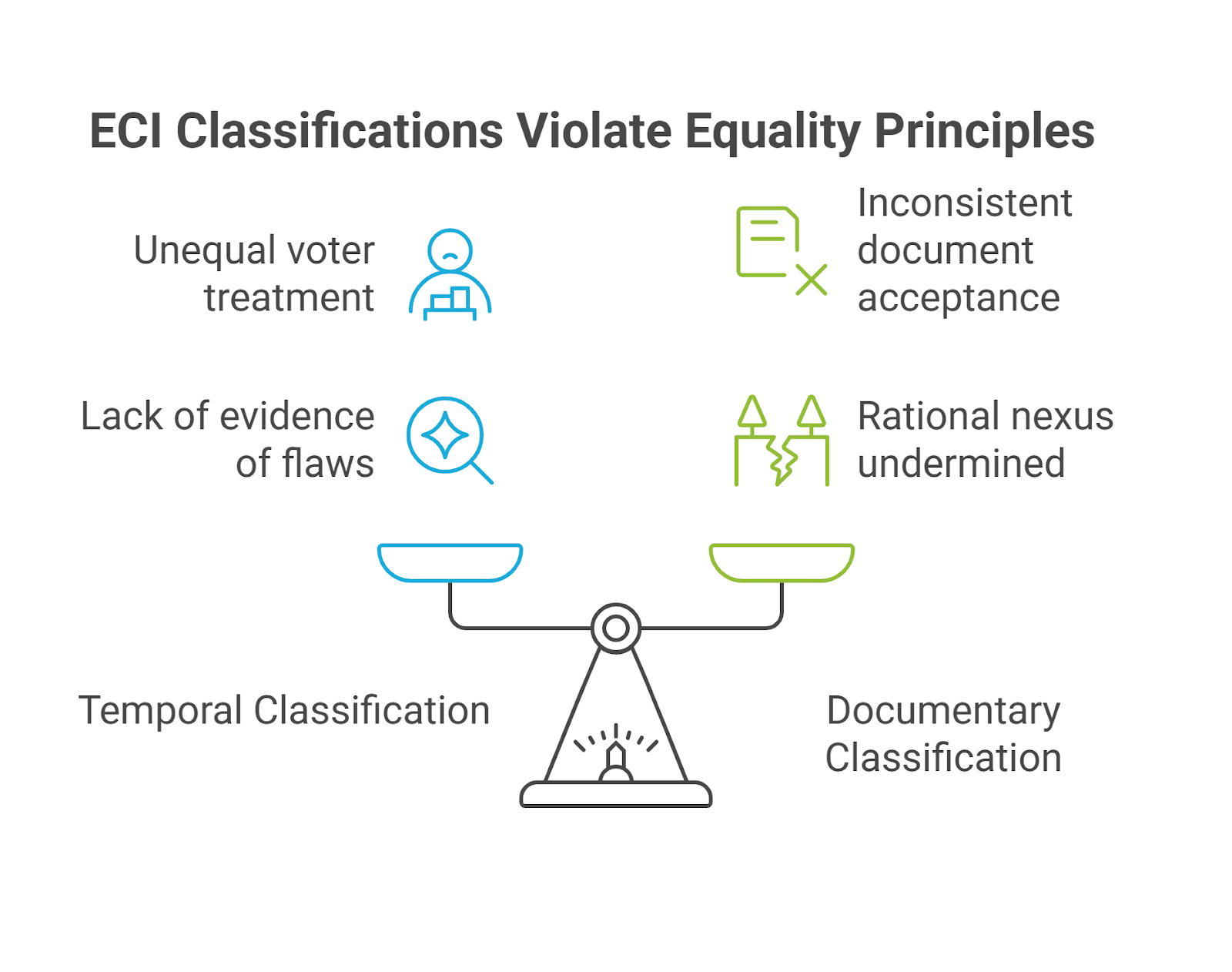
Why Are the ECI’s Document Rules Problematic?
- The notification issued on June 24 listed only 11 acceptable documents to prove voter eligibility.
- Surprisingly, it excluded widely held identity proofs such as Aadhaar cards, ration cards, driver’s licences, and even the EPIC (Electors Photo Identity Card) issued by the ECI itself.
- These exclusions appear arbitrary and discriminatory, especially given the wide public reliance on these documents.
- What’s more alarming is that voters who were added to the rolls after the 2003 intensive revision are being asked to re-verify their eligibility, with no clear justification from the ECI.
What Are the Constitutional and Legal Safeguards for Voters?
- Articles 324 and 326 of the Indian Constitution empower the ECI to supervise elections and electoral roll revisions.
- Additionally, the Representation of the People Act, 1950 permits “special revisions” where necessary.
- But these powers are not absolute. They are limited by constitutional guarantees such as procedural fairness, equality before the law (Article 14), and the principle of adult suffrage.
- The Supreme Court has repeatedly held that free and fair elections are a basic structure feature of the Constitution.
-
- This includes not only fair outcomes but also inclusive and non-discriminatory processes.
-
- Imposing unreasonable documentary burdens on already registered voters — particularly the poor, marginalised, and unaware — violates both the spirit and letter of these guarantees.
What Did the Supreme Court Say, and What Comes Next?
- The Court expressed surprise over the exclusion of common identity documents and recommended the ECI “consider” accepting Aadhaar, EPIC, and ration cards as valid proof.
- However, the legal ambiguity of the term “consider” leaves room for administrative discretion and potential delays.
- If the draft roll is published with widespread deletions, affected voters will have only 30 days to file claims, creating a fait accompli that could compromise the election’s legitimacy.
Why Must the Court Act Swiftly to Uphold Democratic Rights?
- With the election deadline approaching, the Supreme Court must act decisively. The issues are largely documentary and legal, and delaying a final verdict risks irreparable damage to democratic participation.
- Democracy is not just about counting votes, but about ensuring everyone can vote.
- The legitimacy of an election depends on an inclusive process that does not shift rules midstream or impose new burdens without justification.
- As Ornit Shani documents in How India Became Democratic, India’s original electoral roll was built by seeking out and including the undocumented.
- Today, the approach seems to have reversed—where inclusion is being treated as an exception, not the norm.
A Tectonic Shift in Thinking: Building Seismic Resilience in India
Seismic Resilience in India Demands Stronger Enforcement
Context: The 4.4 magnitude earthquake that struck Delhi on July 10, 2025, highlighted the city’s seismic vulnerability. Although it caused no major damage, it exposed the structural fragility of the capital, where over 80% of buildings—particularly those built before 2000—do not comply with seismic safety codes.
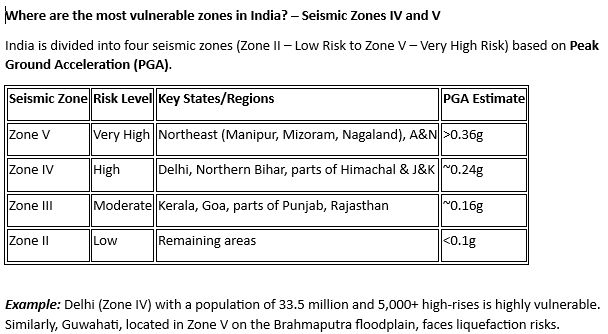
What is the issue?
- India is becoming increasingly vulnerable to earthquakes due to its geographical location on the seismically active Indian Plate.
- The recent 4.4 magnitude earthquake near Delhi on July 10, 2025, though moderate, exposed serious gaps in India’s seismic preparedness—especially the lack of adherence to seismic safety codes in urban infrastructure.
- Over 80% of buildings in Delhi, particularly those constructed before 2000, do not conform to the IS 1893:2016 seismic design code laid down by the Bureau of Indian Standards (BIS).
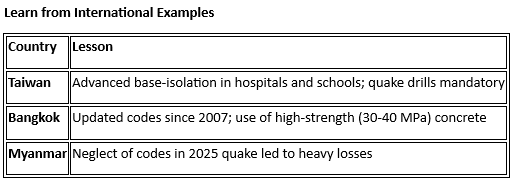
Why is this significant now? – Intensifying Earthquake Activity Globally and Regionally
- Since March 2025, multiple high-magnitude earthquakes have occurred across Asia (Myanmar, Thailand, Tibet), Europe (Greece), and South America (Chile-Argentina). These signal a global pattern of tectonic unrest.
- Case Study: The 7.7 magnitude quake in Myanmar and Thailand (March 2025) caused significant casualties due to weak enforcement of building codes — a scenario India could face unless proactive action is taken.
- Additionally, the Indian Plate is continuously colliding with the Eurasian Plate at 4–5 cm/year, making the Himalayan region overdue for a “Great Earthquake” (>8.0 magnitude).
Who are the key stakeholders that need to act?
- Central Government
-
- Enforcement of BIS Seismic Codes: The government should ensure the strict enforcement of the Bureau of Indian Standards (BIS) codes—specifically IS 1893:2016 for earthquake-resistant design and IS 13920 for ductile detailing.
- Financial Commitment to Retrofitting: A dedicated national budget, estimated at ₹50,000 crore annually, must be allocated for seismic retrofitting.

-
State Governments and Urban Local Bodies (ULBs)
-
- Retrofitting Audits and Infrastructure Checks: State authorities and ULBs, like the Delhi Development Authority (DDA), should conduct structural safety audits of old and high-risk buildings, prioritising retrofitting where needed.
- Control over Unsafe Construction Practices: Urban planning departments must strictly prohibit construction in liquefaction-prone zones and floodplains, particularly in regions like East Delhi and Guwahati.
- Incentivising Private Sector Compliance: Local governments should design and implement incentive mechanisms—such as property tax rebates, subsidised loans, and technical support—to encourage private homeowners and housing societies to retrofit unsafe structures.
-
Citizens and Civil Society
- Building Personal and Community Preparedness: Individuals must be educated on basic earthquake preparedness, including evacuation routes, assembling emergency kits, and identifying safe zones within homes or workplaces.
- Community-based training in schools and residential areas can increase collective resilience.
- Holding Builders and Authorities Accountable: Residents, especially in high-rise apartments and housing colonies, should demand transparency and compliance with seismic codes from builders and developers.
- Building Personal and Community Preparedness: Individuals must be educated on basic earthquake preparedness, including evacuation routes, assembling emergency kits, and identifying safe zones within homes or workplaces.
Government merges 36 schemes to float farm programme
Cabinet approves the Prime Minister Dhan-Dhaanya Krishi Yojana
Context: Recently the Union Cabinet approved the “Prime Minister Dhan-Dhaanya Krishi Yojana”, or PMDDKY, to enhance agricultural productivity and increase adoption of sustainable agricultural practices across the country.
What is the PM Dhan-Dhaanya Krishi Yojana (PM-DDKY)?
- PM-DDKY is a new central sector scheme launched by the Union Cabinet , with the aim of revitalising agriculture and allied sectors in 100 selected districts. The scheme is exclusively designed to enhance productivity, encourage sustainable practices, and build agriculture-related infrastructure.
- Outlay: ₹24,000 crore annually for six years (2025–2031)
- Total budget: ₹1.44 lakh crore
- Beneficiaries: Approximately 1.7 crore farmers
- The scheme is modelled on the Aspirational Districts Programme (ADP) and emphasises convergence, collaboration, and competition.
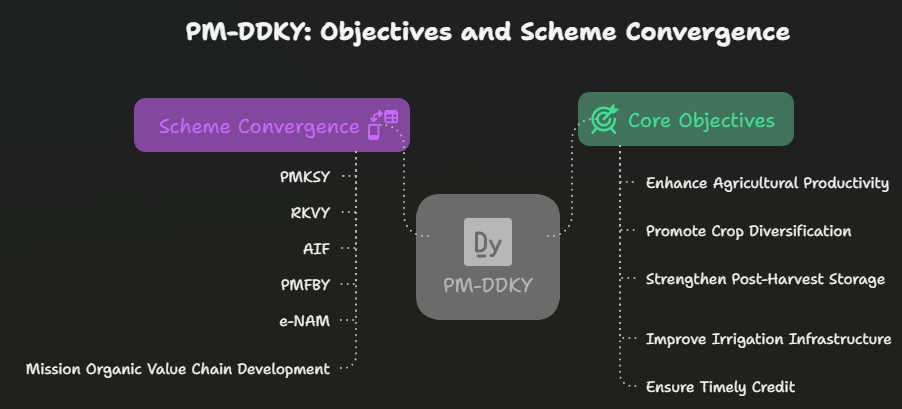
Why was PM-DDKY introduced?
- The core motivations include:
- Low productivity in certain regions
- Inadequate post-harvest infrastructure
- Low cropping intensity and insufficient credit access
- Need for climate-resilient, diversified, and sustainable agriculture.
- As per the Union Budget 2025-26, Finance Minister Nirmala Sitharaman stated that the government seeks to replicate the success of ADP in the agriculture sector through a targeted and outcome-based approach.
Who will implement the PM-DDKY and how?
- Governance and Monitoring
- District Dhan Dhaanya Samiti (chaired by the District Collector) will prepare and implement district-specific plans.
- Committees at national, state, and district levels will be constituted for effective monitoring and convergence.
- Progressive farmers, scientists from agricultural universities, and Central Nodal Officers (CNOs) will be part of the ecosystem.
- NITI Aayog will guide and review plans and provide capacity-building support.
- A dashboard-based digital monitoring system will track 117 Key Performance Indicators (KPIs) monthly.
- Planning Mechanism
- Each district will create a District Agriculture and Allied Activities Plan (DAAAP) aligned with national goals.
- The focus will include crop diversification, organic and natural farming, soil and water conservation, and credit facilitation.
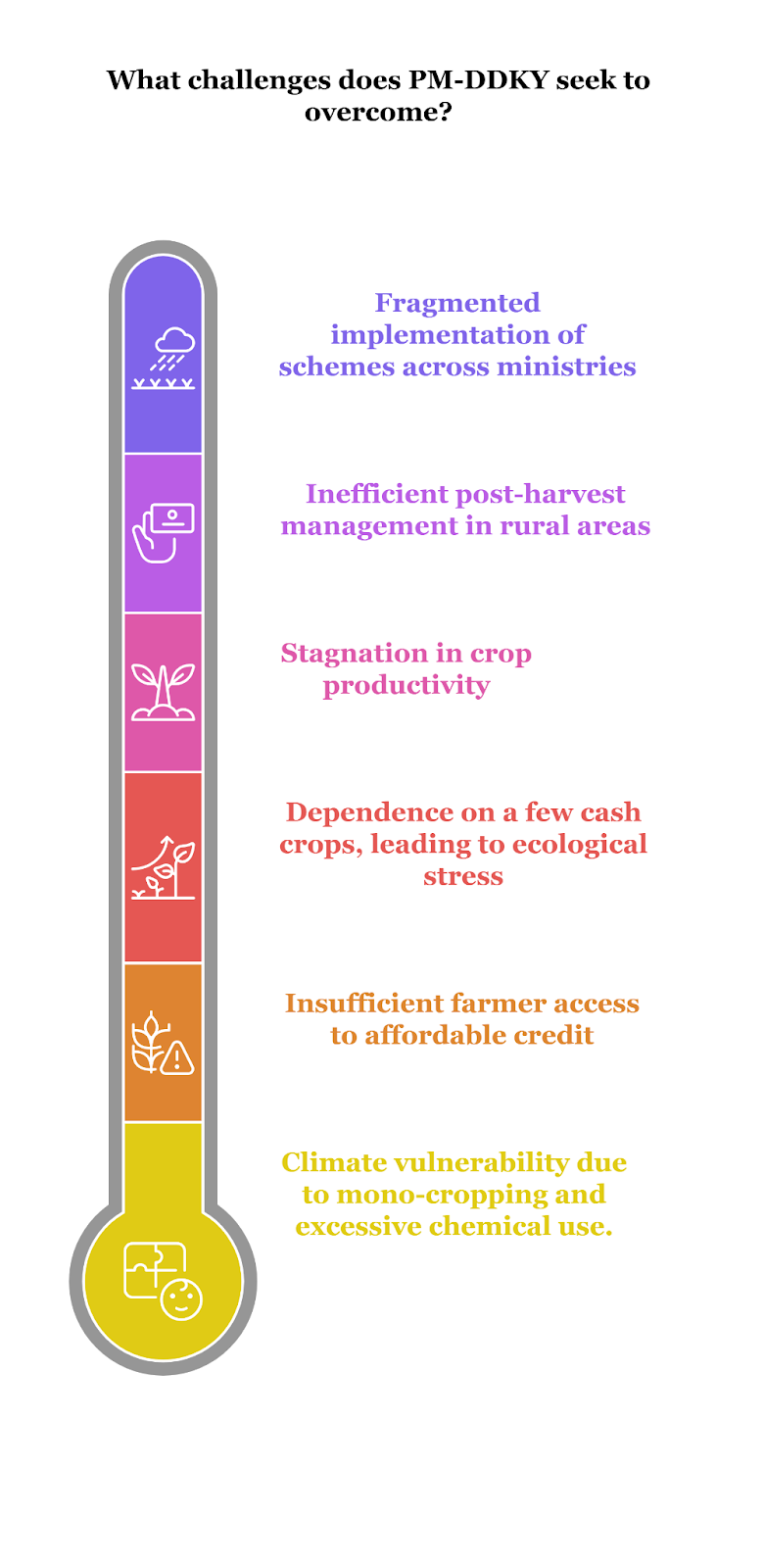
Where will PM-DDKY be implemented?
- The scheme targets 100 districts across India, each selected based on three core indicators:
-
- Low agricultural productivity
-
- Moderate cropping intensity
-
- Below-average credit disbursement
- Every state/UT will have at least one selected district. The number of districts per state is proportional to its Net Cropped Area and operational holdings.
What are the expected outcomes?
- Boost in farmers’ income and local employment
- Creation of resilient agro-ecosystems
- Reduction in rural-urban migration
- Contribution to Atmanirbhar Bharat through food self-sufficiency
- Stronger agriculture value chains and rural entrepreneurship.
Can the Quad Counter China’s BRI?
Quad: Navigating Challenges and Countering the BRI
Context: On 1 July 2025, foreign ministers from the Quad countries—India, Japan, Australia, and the United States—met for their 10th ministerial summit in Washington, DC.
What was the Outcome?
- The joint statement strongly condemned China’s assertiveness in the South China Sea, Pakistan-sponsored terrorism in Pahalgam, and expressed concerns about China’s control over advanced manufacturing and critical mineral supply chains.
- The statement mirrored the current U.S. administration’s foreign policy, which frames China as a strategic competitor and underscores the link between economic security and national security.
- However, the statement notably omitted any reference to infrastructure, trade connectivity, or development financing—an oversight that appears at odds with the Indo-Pacific’s pressing $4.5 trillion infrastructure financing gap (2015–2030).
- This silence hints at shifting U.S. priorities, even though connectivity remains a central theatre in strategic competition with China’s Belt and Road Initiative (BRI).
Why Is Ignoring Infrastructure Development a Strategic Miss for the Quad?
- China has built unparalleled influence through the BRI, leveraging overcapacity, state-led financing, and geoeconomic dependencies to shape regional development.
- With over 20,000 BRI projects funded by Chinese policy banks by 2023, Beijing has secured control over ports, railways, digital infrastructure, and energy grids across Asia, Africa, and beyond.
- In contrast, the Quad’s combined infrastructure projects remain minimal—only a subsea cable in Palau and a few small-scale green energy plants, totalling just $0.5 billion.
- Without a consolidated and strategic alternative, the Quad risks ceding geopolitical space to Beijing’s expanding influence.
What Are the Quad’s Missed Opportunities and Untapped Potential?
- Despite recognising China as a strategic threat, the Quad has underutilised its development finance tools.
- Yet the opportunity is ripe: many Global South nations are growing wary of BRI’s debt burdens and opaque terms.
- The Quad can leverage this by offering a transparent, sustainable, and high-standard infrastructure model, built on Overseas Development Assistance (ODA) principles.
- The newly rebranded America First Foreign Assistance agency may play a pivotal role, aligning foreign aid with U.S. national interest.
How Can the Quad Translate Financial Power into Strategic Impact?
- Between 2017 and 2024, the Quad countries invested over $341 billion in regional infrastructure.
- Yet lack of coordination and inconsistent disbursement have weakened the impact.
- Quad Development Finance Corporations (DFCs) must deepen collaboration by revitalising the 2021 Quad Infrastructure Fund and investing in milestone-based, transparent projects that can deliver early success.
- Mechanisms like the Blue Dot Network, Quad Ports of the Future, and Critical Minerals Alliance must be woven into a comprehensive infrastructure framework, offering bankable, trustworthy alternatives to China’s BRI.
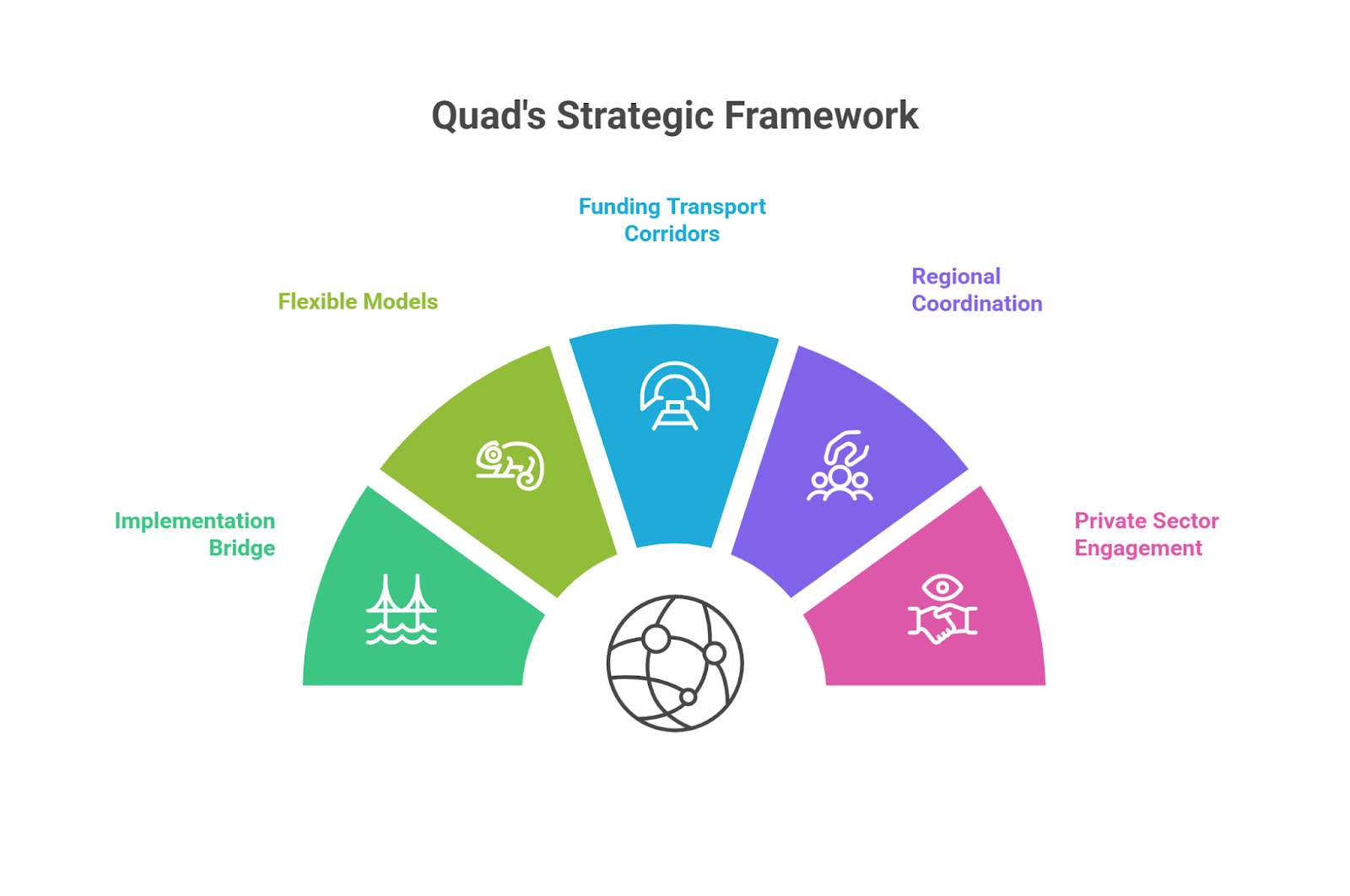
Can Trilateral Cooperation Models Help the Quad Overcome Coordination Challenges?
- To address bureaucratic inertia and asymmetrical priorities, the Quad could adopt a 2+1 trilateral model—two Quad nations partnering with one Global South country.
- The India-US-Nepal MCC collaboration serves as a proof of concept.
- Such models promote co-creation, localisation, and efficiency, combining North-South and South-South cooperation.
- For example: India and Australia could focus on maritime infrastructure in the Bay of Bengal and South Pacific, leveraging India’s regional expertise and Australia’s port automation tech.
- Japan and the U.S. could deepen ties with Southeast Asian nations, where strategic and economic interests converge.
- These trilateral initiatives can later feed into global platforms like the PGII, EU’s Global Gateway, or the Mattei Plan, after demonstrating internal effectiveness.
How Should the Quad Compete with BRI’s Transport Corridors?
- Connectivity corridors—land, maritime, or multimodal—are at the heart of BRI’s success.
- The Quad must respond with equally strategic infrastructure investments.
- Reviving the Asia-Africa Growth Corridor (AAGC), and linking it with projects like the EU’s Global Gateway or Lobito Corridor, could offer meaningful alternatives.
- Moreover, deeper collaboration with the I2U2 grouping (India, Israel, UAE, US) can unlock Gulf capital and project bankability.
UN SDG Report 2025
UN SDG Report 2025 shows progress towards 35% targets stalled or reversing. Which goals are most affected?
Context: The 10th edition of the UN’s Sustainable Development Goals Report 2025 reveals that only 35% of SDG targets are on track, nearly half are progressing too slowly, and 18% are regressing. Released at the 2025 High-Level Political Forum (HLPF) on Sustainable Development, it presents a sobering reality check for global leaders.
What are the UN SDGs?
- The UN Sustainable Development Goals (SDGs) are a set of 17 global objectives adopted by all United Nations Member States in 2015 as part of the 2030 Agenda for Sustainable Development.
- They serve as a blueprint for peace, prosperity, and sustainability for people and the planet.
Critical SDGs in Crisis
- 35% of measurable targets under 14 of 17 SDGs are either stagnating or reversing.
- Five SDGs—Zero Hunger (SDG2), Quality Education (SDG4), Clean Water (SDG6), Decent Work (SDG8), and Reduced Inequalities (SDG10)—have 50–57% of their tracked targets stalled or deteriorating.
- Additionally, four other goals — SDG12 (Responsible Consumption and Production), SDG14 (Life Below Water), SDG15 (Life on Land), and SDG16 (Peace, Justice and Strong Institutions) — are also off-track, with 40–42% of their measurable targets regressing.
Key Findings and Statistics
- SDG2: Zero Hunger, where four out of seven tracked targets are regressing. Hunger levels remain alarmingly high:
- In 2023, 9.1% of the global population (713–757 million people) were affected by hunger — up from 7.5% in 2019.
- Sub-Saharan Africa recorded the highest rate: 23.2% of its population faced hunger. Southern Asia had the largest absolute number of hungry people: 281 million.
- Drivers include conflict, climate variability, economic instability, inequalities, and lack of access to food.

- SDG8 (Decent Work and Economic Growth): Half of SDG8’s monitored targets have stagnated or declined, reflecting an uneven economic recovery.
- 57.8% of the global workforce lacked social security, legal protection, or workplace safety. Youth unemployment improved to 12.9% in 2024, but remains three times higher than the adult rate of 3.7%.
- SDG14 (Life Below Water), 40% of tracked targets are moving in the wrong direction, with worsening marine pollution, declining fish stocks, and ocean ecosystem degradation. Delegates at the Third UN Ocean Conference (UN-OC3) noted that SDG14 remains the least funded goal.
- SDG3 (Good Health and Well-Being) shows stagnation in key targets, including maternal mortality and universal health coverage. Global health systems are still reeling from the pandemic and remain underfunded and unequal.
- SDG6 (Clean Water and Sanitation) is also lagging: In 2024, 2.2 billion lacked safe drinking water, 3.4 billion lacked safe sanitation, and 1.7 billion lacked basic hygiene.
Climate Emergency and Development Assistance
- 2024 was the hottest year on record, with global temperatures 1.55°C above pre-industrial levels.
- The World Meteorological Organisation (WMO) warns of an 80% chance that one of the next five years will surpass 2024’s record.
- Official development assistance fell by 7.1% in 2024, ending five years of growth.
- Developing countries now face a $4 trillion annual SDG financing gap.

Global Solutions & Commitments
- UN Secretary-General António Guterres urges action on three fronts: Reform international financial architecture, Expand debt relief, and Triple multilateral development bank lending.
- UN Under-Secretary-General Li Junhua calls for: Urgent multilateralism, shared responsibility, and sustained investment.
Subscribe to our Youtube Channel for more Valuable Content – TheStudyias
Download the App to Subscribe to our Courses – Thestudyias
The Source’s Authority and Ownership of the Article is Claimed By THE STUDY IAS BY MANIKANT SINGH
